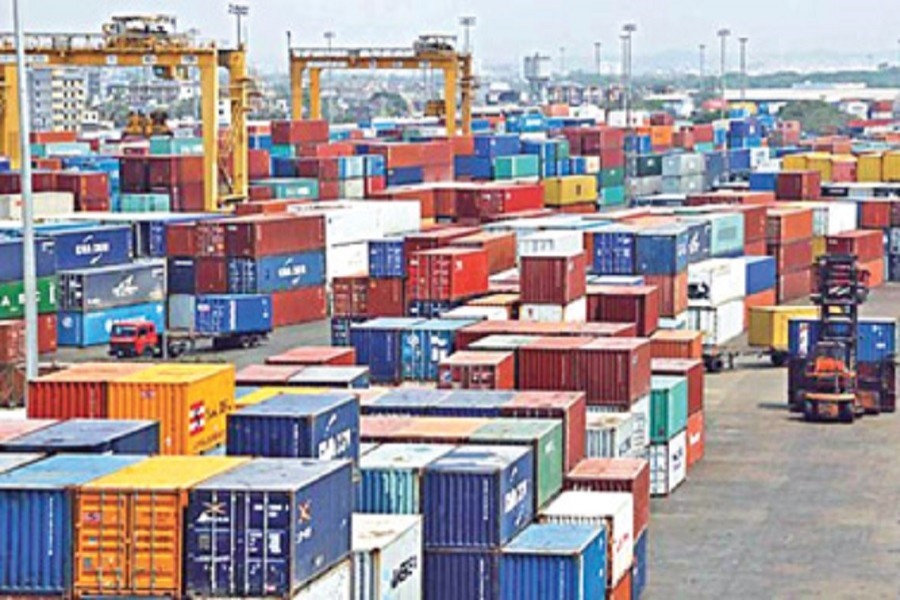With the 4-lane Dhaka-Chattogram Highway put in place in 2016, prospects of the country's commercial capital looked rosy. By that time unrelenting highway tailbacks turned communication between Chattogram and Dhaka a virtual nightmare. Two years into the road's opening, few remarkable differences could be marked out: the transportation of passengers and trade commodities continues to be plagued by traffic gridlocks at places; travel time slowly reverts to its earlier agonising length. After completion of work on a rail overpass in Feni, the highway is expected to function normally. But the port city of Chattogram itself remains beset with numerous problems.
Reputed for its commercial and tourism potential, the port city has lately been witnessing a continuous decline in many vital sectors. They range from civic amenities, facilities found in a big city, to hassle-free communication. Like the capital Dhaka the scourges of water-logging during rains, scarcity of drinking water, traffic congestions etc., go on compounding the city's existing woes. Though not as dreadful as found in Dhaka, Chattogram also has had to bear with the bouts of population rise and unplanned urban growth in the post-independence times. Taken as a whole, all this has contributed to detracting from the liveability of the city, the country's second largest.
Thanks to its location on the shores of both a vibrant river and sea, coupled with lush green hills, Chattogram was able to earn for itself the fame of an ideal city. The sea-route trade through it dates back to the 15th-16th centuries. The recent decline of such a trade-cum-tourism based city is veritably a sad commentary on the country's capability to effectively run its cities including Dhaka. The case of Chattogram is unique, and the city is different from other cities in many respects. As the largest and lone operational maritime port of Bangladesh, it handles the country's major segment of import and export activities. In the post-independence time, it proved itself synonymous with the nation's economic progress.
Once declared cleared of mines planted by the occupation forces in the port channel during the Liberation War, great hopes were pinned on it to serve as the most vital trade infrastructure of the country. Unfortunately, the port could see only brief bursts of activity before being overtaken by a raft of maladies. The late dysfunctional state of the premier port coincided, unavoidably, with the start of a decaying process in every segment of Chattogram. The trading dampers like container congestions, delays in shipment and unloading coupled with various deficiencies and labour unrest continue to sap the port's potential.
Lying at the heart of the country's economic health, the port's recent woes are linked with the main city's sudden headlong plunge. It was unthinkable even 10-15 years ago. The now-persisting menaces of water-logging, traffic snarls, poor health service, law and order slide etc., afflict its residents as much as they beset the city-based businesses. The rising cost of doing business in the port city carries the portents of its gloomy economic future. This process of decline cannot be allowed to continue.


